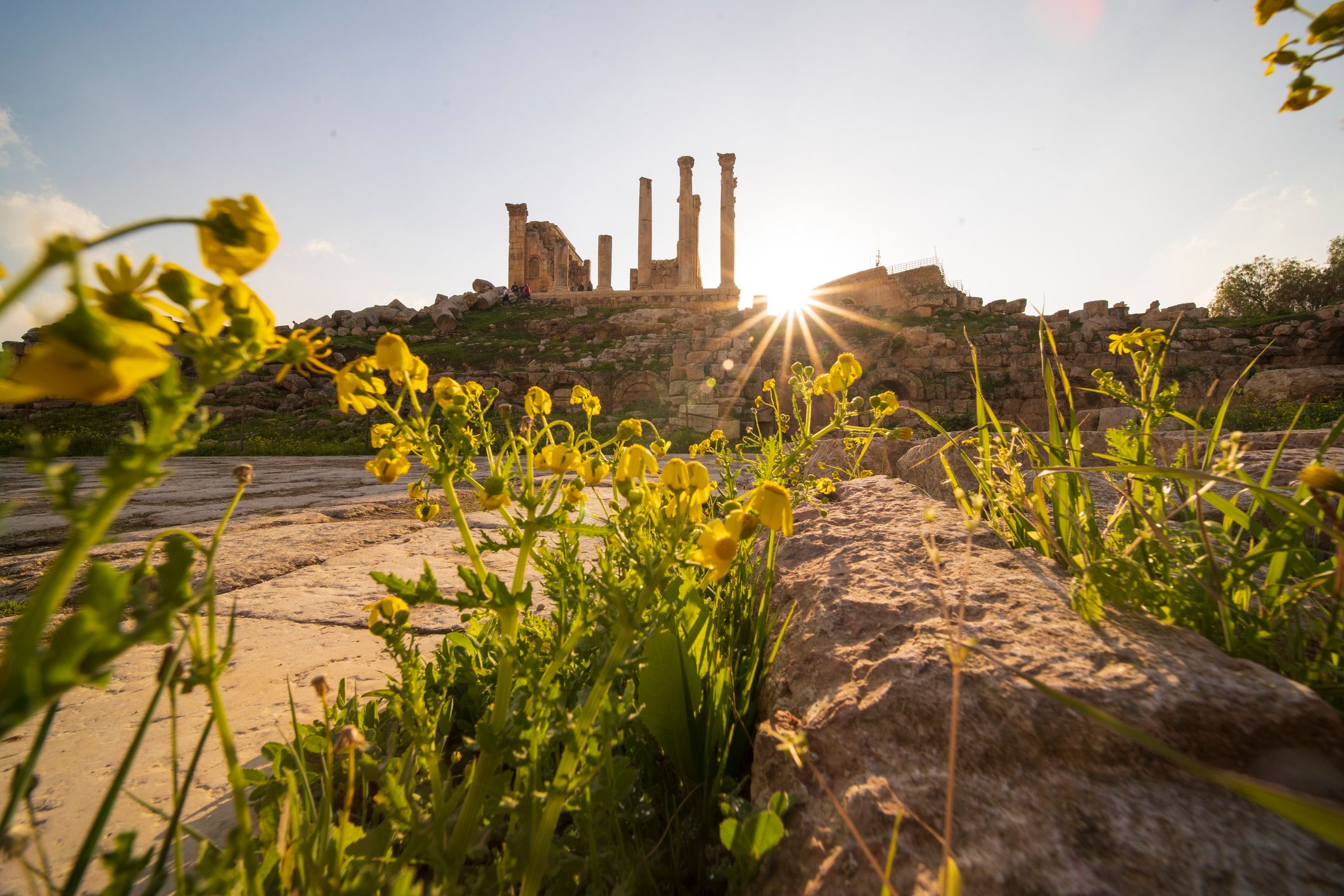
Not discovery, but rediscovery
What kid hasn’t pretended to venture through the dense jungle (really their backyard) and suddenly stumble across vast ruins, untouched for centuries? It’s an adventure fantasy deeply ingrained in our psyche, built on the journeys of 19th- and early-20th-century explorers. “Lost” cities, hidden to the outside world, offer valuable information about the past when they’re found and studied. Usually, the people who lived in such places left or died due to war or conquest, disease, economic hardship, or natural disasters like earthquakes, floods, or volcanic eruptions. Hundreds of these sites around the world are often clustered near formerly thriving civilizations, including those of the Incas, the Maya, the ancient Greeks, and the ancient Egyptians. Some legendary cities are generally regarded today to be fictional, but others may exist and continue to be searched for today. They remain some of the ancient mysteries researchers still can’t explain.
Today, though, modern archaeologists recognize the importance of respecting and working with local people, and utilizing local knowledge, when it comes to “rediscovering” sites that have been there all along. As archaeologists say, “It’s not what you find; it’s what you find out.”
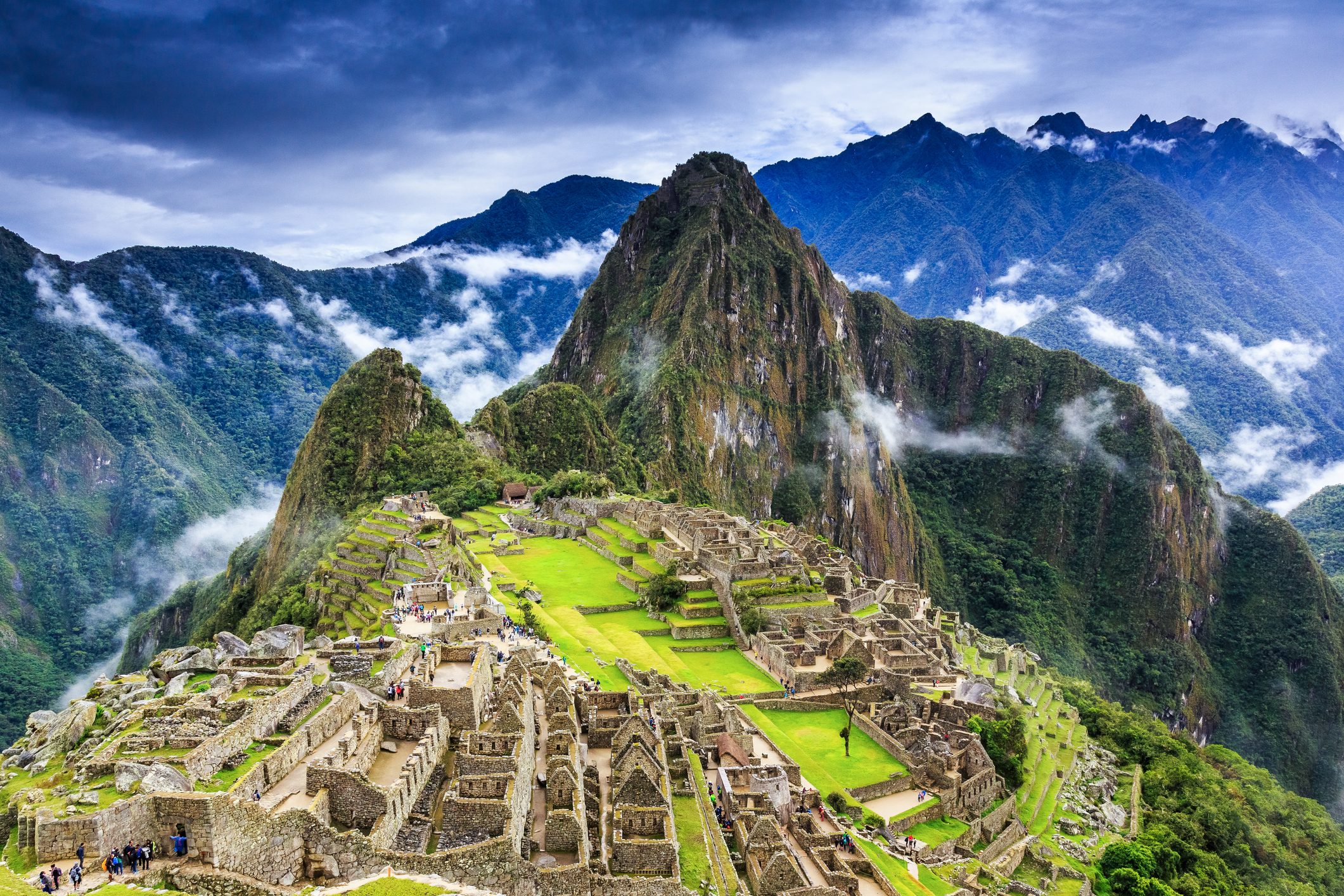
Machu Picchu, Peru
Perhaps the most famous rediscovered city, Machu Picchu sits high in the Peruvian Andes. On July 24, 1911, the explorer Hiram Bingham first laid eyes on the majestic site. The local people, though, had known about the ruins and actually showed Bingham the way—but his reports became the first time the place was made known to the world at large.
“Suddenly I found myself confronted with the walls of ruined houses built of the finest quality of Inca stone work,” he wrote in his 1948 best seller Lost City of the Incas. “It was hard to see them for they were partly covered with trees and moss, the growth of centuries, but in the dense shadow, hiding in bamboo thickets and tangled vines, appeared here and there walls of white granite ashlars carefully cut and exquisitely fitted together.…Dimly I began to realize that this wall and its adjoining semicircular temple over the cave were as fine as the finest stonework in the world. It fairly took my breath away. What could this place be?”
Researchers now believe it was a summer retreat for the Inca elite. Even though Machu Picchu was abandoned as the Incan empire collapsed in the 16th century, the Spanish invaders never found it. It sat largely undisturbed until Bingham’s arrival.
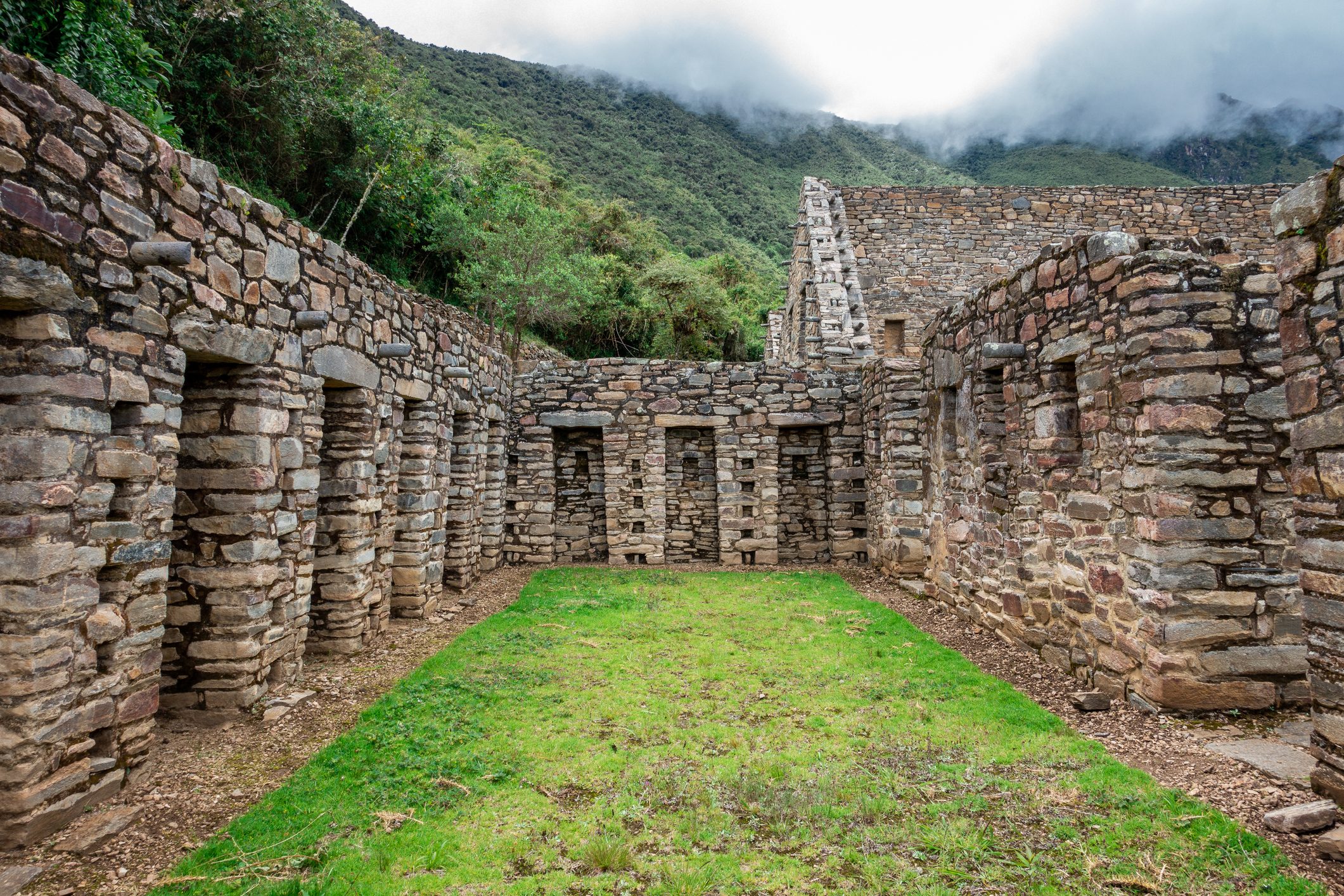
Vilcabamba, Peru
When Bingham rediscovered Machu Picchu, he was actually looking for—and believed he’d found—Vilcabamba, the “lost city of the Incas” that was the emperor’s final refuge before being overthrown by Spanish invaders. Ironically, expeditions after his death proved Bingham had found Vilcabamba. It wasn’t Machu Picchu, though; it was another nearby site called Espiritu Pampa. The archaeologist Gene Savoy re-rediscovered that site in 1964. Even today, Vilcabamba hasn’t been fully excavated; recent research has even discovered evidence of pre-Incan inhabitants called the Wari. Today, plans for a museum and more field research at the site are in the works. Another city Bingham rediscovered, Choquequirao, which means “cradle of gold,” is still being uncovered from the jungle as well.
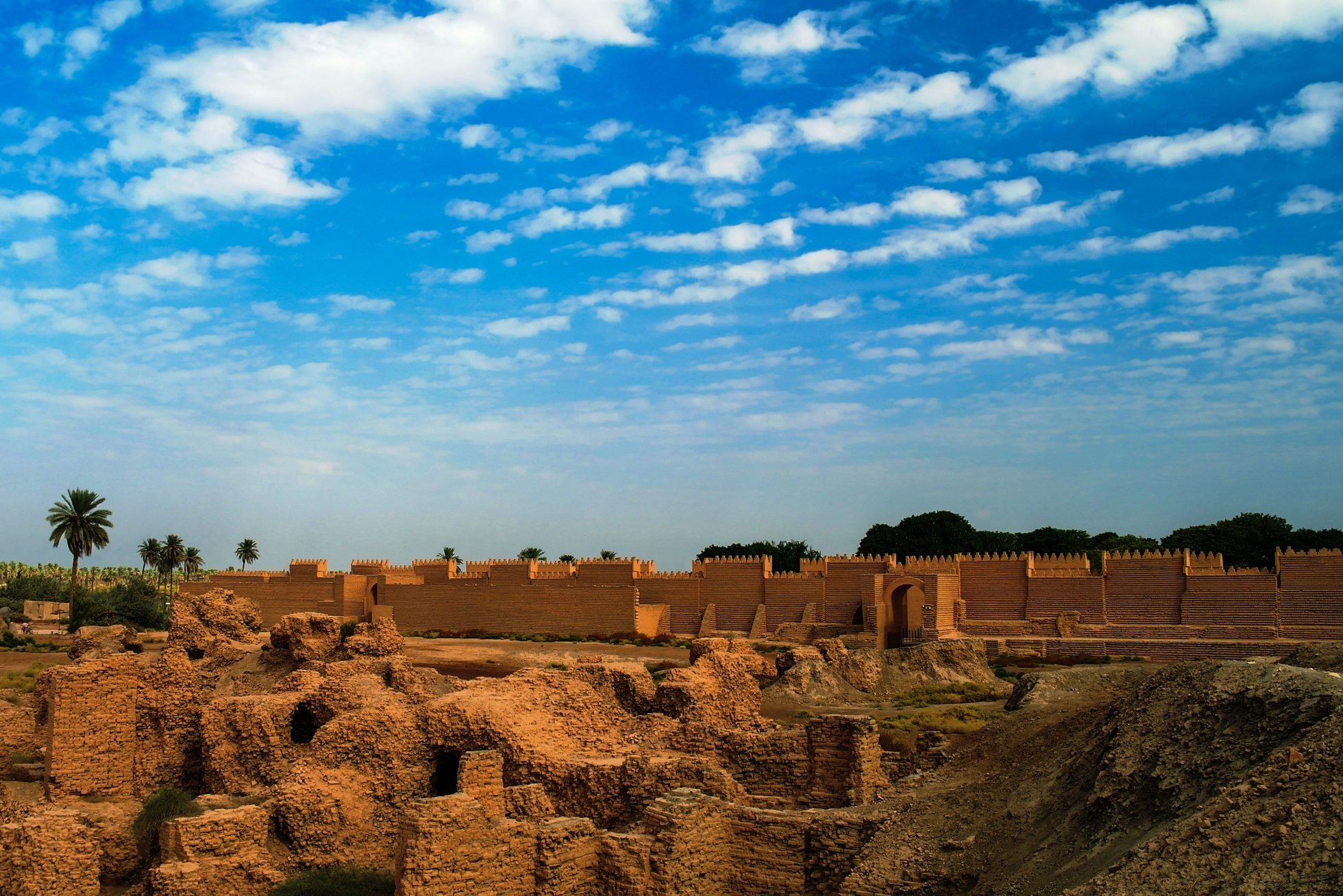
Babylon, Iraq
In the ancient land of Mesopotamia, this thriving and powerful city once stood. Famous for its appearances throughout the Bible, the actual site of Babylon existed in what is now Iraq, about 50 miles south of Baghdad. “In addition to its enormous size it surpasses in splendor any city of the known world,” the ancient Greek historian Herodotus wrote in the fifth century BC. After being conquered by the Persians and then the Greeks, Babylon eventually fell into ruins and was covered by the desert. German archaeologist Robert Koldewey excavated the city in 1899, but European travelers had seen it for at least a century before that. Today, archeologists believe the biblical Tower of Babel may have actually been the temple to the Babylonian god Marduk, but it’s not clear if the Hanging Gardens, one of the seven wonders of the ancient world, actually existed in Babylon, as no real evidence for them has been found there.
Iraq ruler Saddam Hussein attempted to reconstruct parts of Babylon, and further military occupation damaged the ancient site—but today’s archaeologists are hoping to better preserve it. Find out some of the weirdest discoveries archaeologists have made.
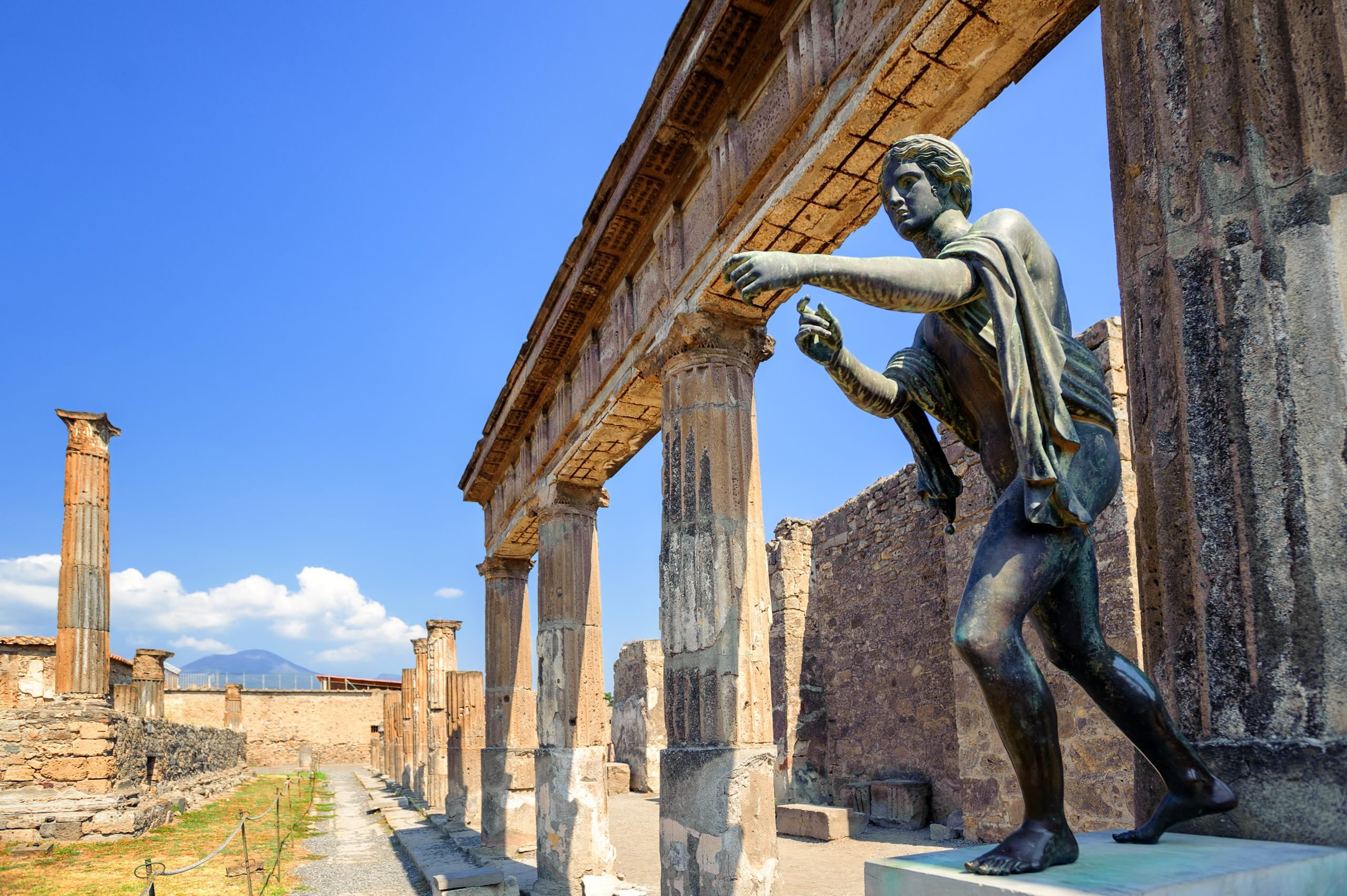
Pompeii, Italy
In 79 AD, a massive eruption of Mount Vesuvius buried the nearby city of Pompeii and some of its residents under 20 feet of ash and rock. The location of the city was gradually lost to history, but it was rediscovered in the 15th century by an architect planning to build on the site. Excavations didn’t begin until 1748, but have continued ever since. “Pompeii as an archaeological site is the longest continually excavated site in the world,” Steven Ellis, a classics professor at the University of Cincinnati who directs an archaeological research project at Pompeii, told National Geographic. The eruption helped preserve the city so well that it gave later scholars tons of info on what ancient Roman life was really like—and there’s still more of Pompeii left to discover, as a third of the city may still be buried.
Modern technologies are also being applied to victims’ remains to identify genetic profiles and get clues to their diet and lifestyle. Art restorations have recently revealed more stunningly vibrant frescoes as well. And in 2018, archaeologists discovered a date inscription that literally rewrote history: The inscribed date was October 17, which means the eruption couldn’t have taken place on August 24 as previously thought.
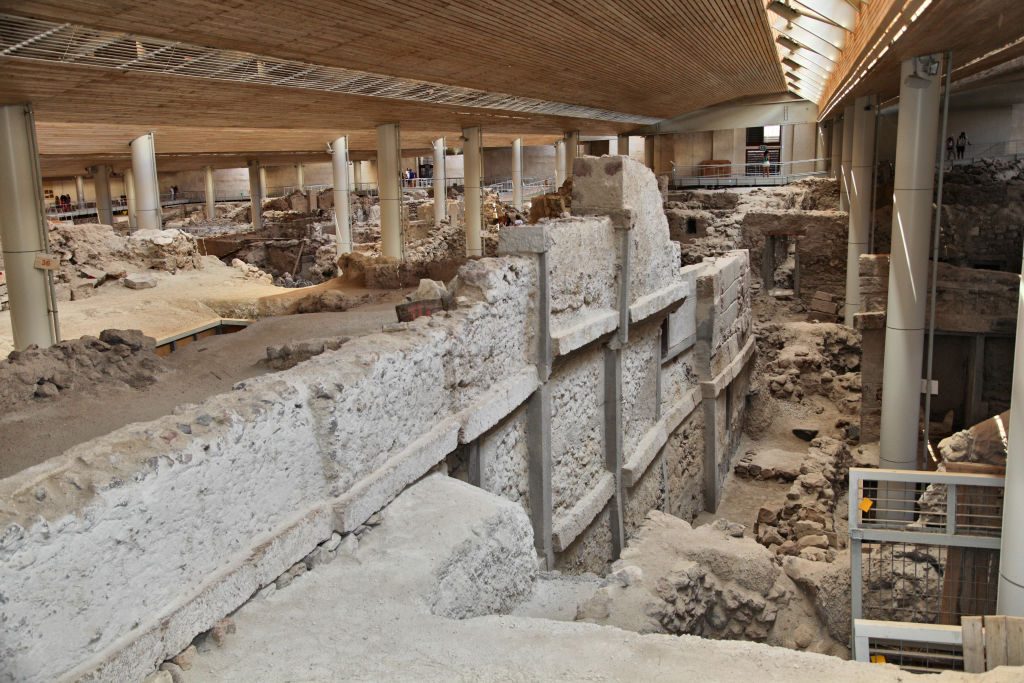
Atlantis
We’re sorry to disappoint, but today’s reputable scholars believe the sunken city of Atlantis is totally made-up. However, ancient ruins are occasionally found beneath the sea, leading to sensationalized headlines that Atlantis has been found. As in a 2018 claim, many treasure hunters have believed the city to be located somewhere near the coast of southern Spain. Unfortunately, all archaeologists really have to go on as to location are the writings of the Greek philosopher Plato from around 360 BC, who described the city as being near the Strait of Gibraltar. But his morality tale was most likely only an allegory for a wealthy, corrupt city that was destroyed by the gods for its hubris and sunk into the sea. Check out more stories behind the most mysterious places in the world.
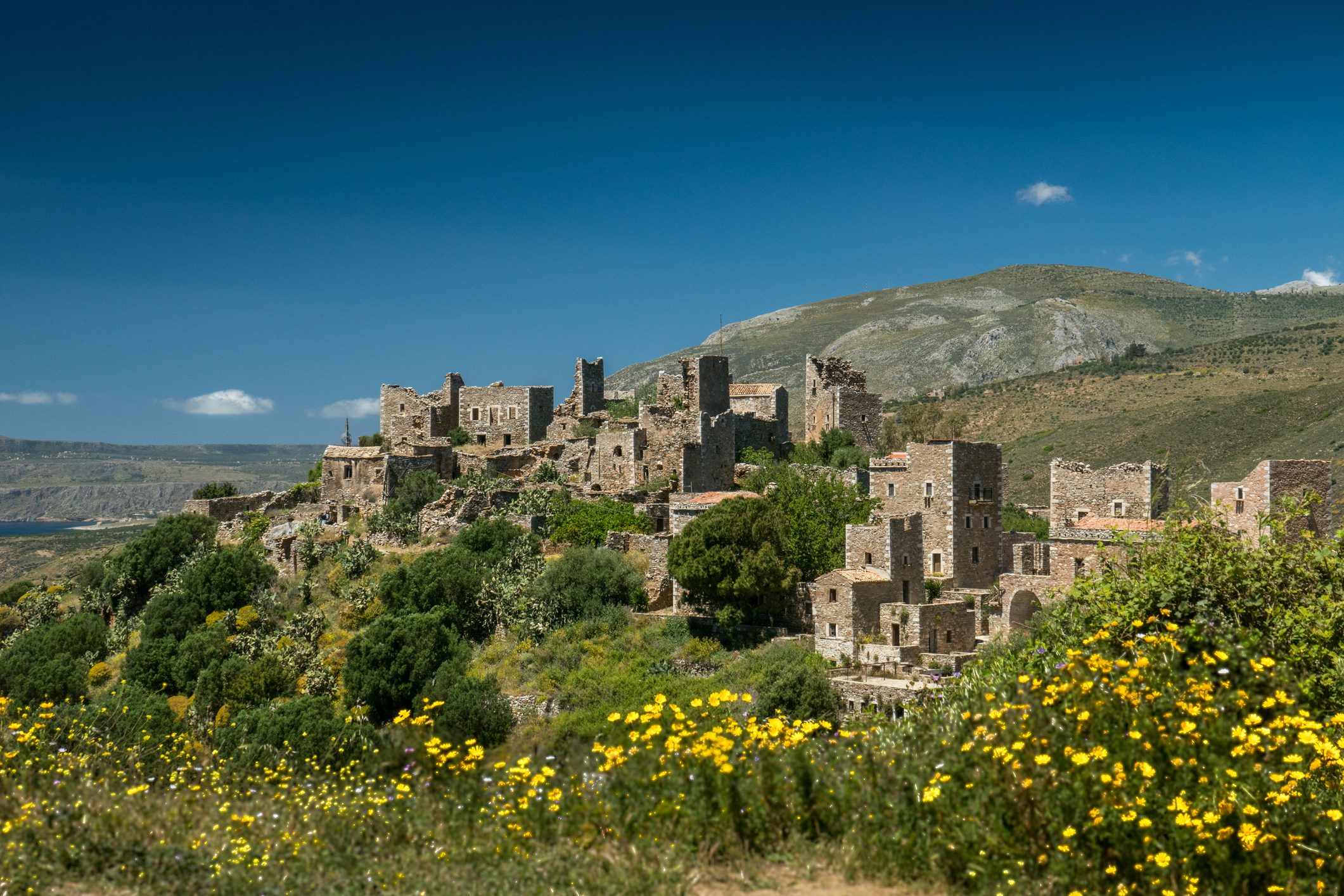
Helike, Greece
While Atlantis itself might be fictional, it’s possible that Plato was inspired by real-life incidents like that of the ancient Greek city of Helike, which is described in ancient texts as being hit by a tsunami after an earthquake and sinking into the water. For many years researchers searched, believing the city to be in the ocean. But they hit a dead end until Greek archaeologist Dora Katsonopoulou had an idea: What if the ancient description of the tragedy could refer to an inland lagoon? The researchers then had to study the changed geography of the region, because in the modern day, there were no lagoons in the area where Helike was believed to be. Finally, in 2001, Katsonopoulou found the city. Although the ruins aren’t as grand as some others we’ve seen, they sure have one of the most captivating stories behind their discovery.

Angkor, Cambodia
From the ninth to the 15th centuries, the Khmer empire’s city of Angkor thrived until, researchers believe, a period of huge monsoons destroyed its highly sophisticated water-management system. After the city was abandoned, some temples remained important pilgrimage sites while others were reclaimed by the jungle. In the 1860s, French explorer Henri Mouhout was the first European to report on the ruins, which are now a major archaeological site. Discoveries are still being made at Angkor—laser scanning from 2016 revealed a sprawling urban settlement as big as Los Angeles. And Cambodia’s dense jungles haven’t given up all their secrets just yet: In 2019, the lost city of Mahendraparvata, which predates Angkor, was located and identified by French archaeologist Jean-Baptiste Chevance.
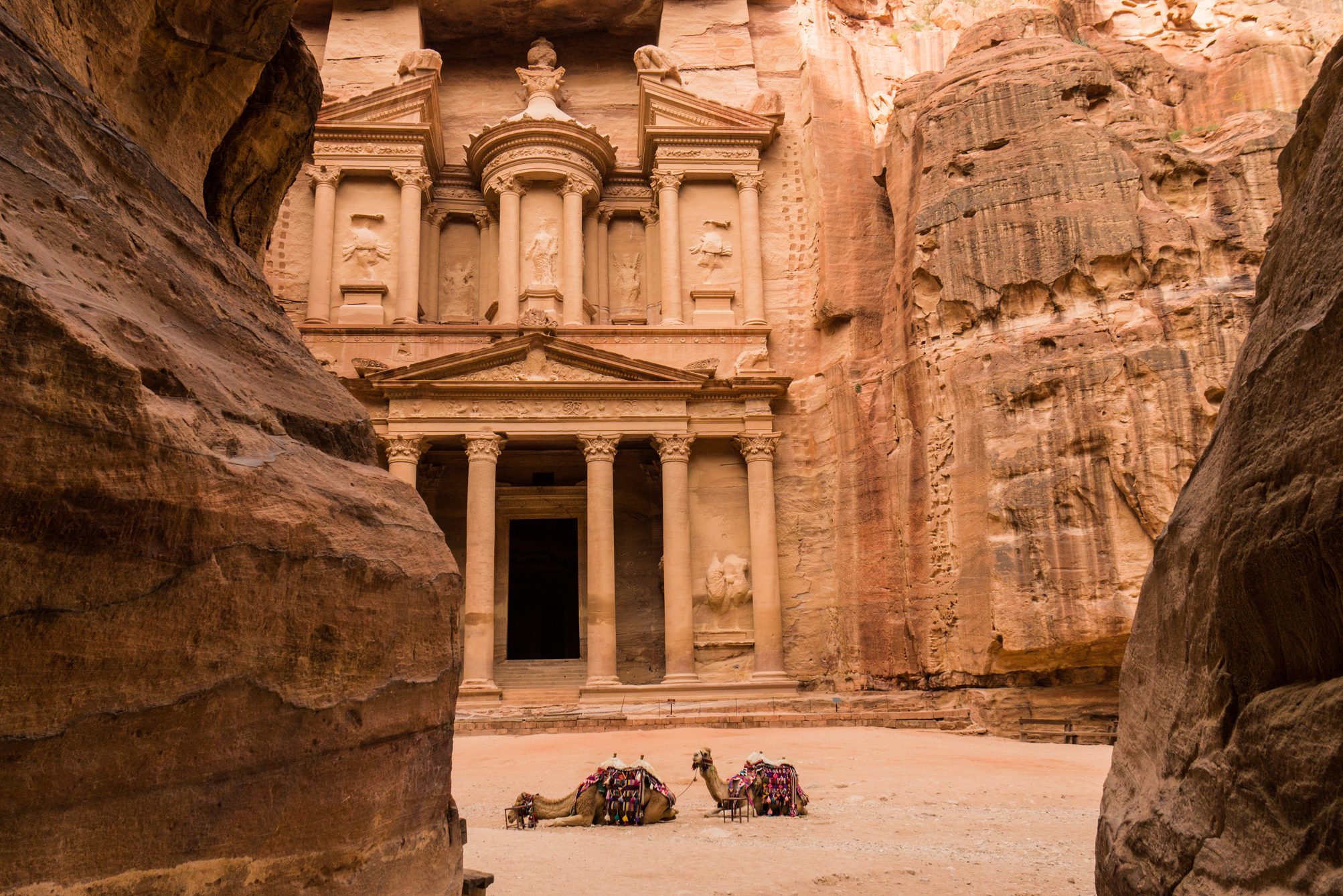
Petra, Jordan
Petra looks like a movie set, so it’s no surprise that it was featured as the lost temple that hid the Holy Grail in Indiana Jones and the Last Crusade. In reality, the ancient “Rose City” carved directly into red-tinged sandstone rock thrived for centuries until its gradual abandonment when the Romans took over and changed trade roads. Closely guarded by local people, Europeans did not know of its whereabouts until a Swiss explorer, Johann Ludwig Burckhardt, visited there in 1812, hiding his identity as a Westerner and pretending to be on a pilgrimage. “Here are the remains of an ancient city, which I conjecture to be Petra…a place which, as far as I know, no European traveler has ever visited,” he wrote.
The site didn’t hold the Holy Grail as in the movie, nor did it fulfill rumors of treasure—one building nicknamed “the Treasury” was really a tomb and contained no riches. But it was still a miraculous find, even if Burckhardt did go there under false pretenses. Today, discoveries are still being made: In 2016, new satellite scans revealed a huge monumental platform hiding in plain sight. Petra is also one of the 35 most beautiful man-made structures in the world.
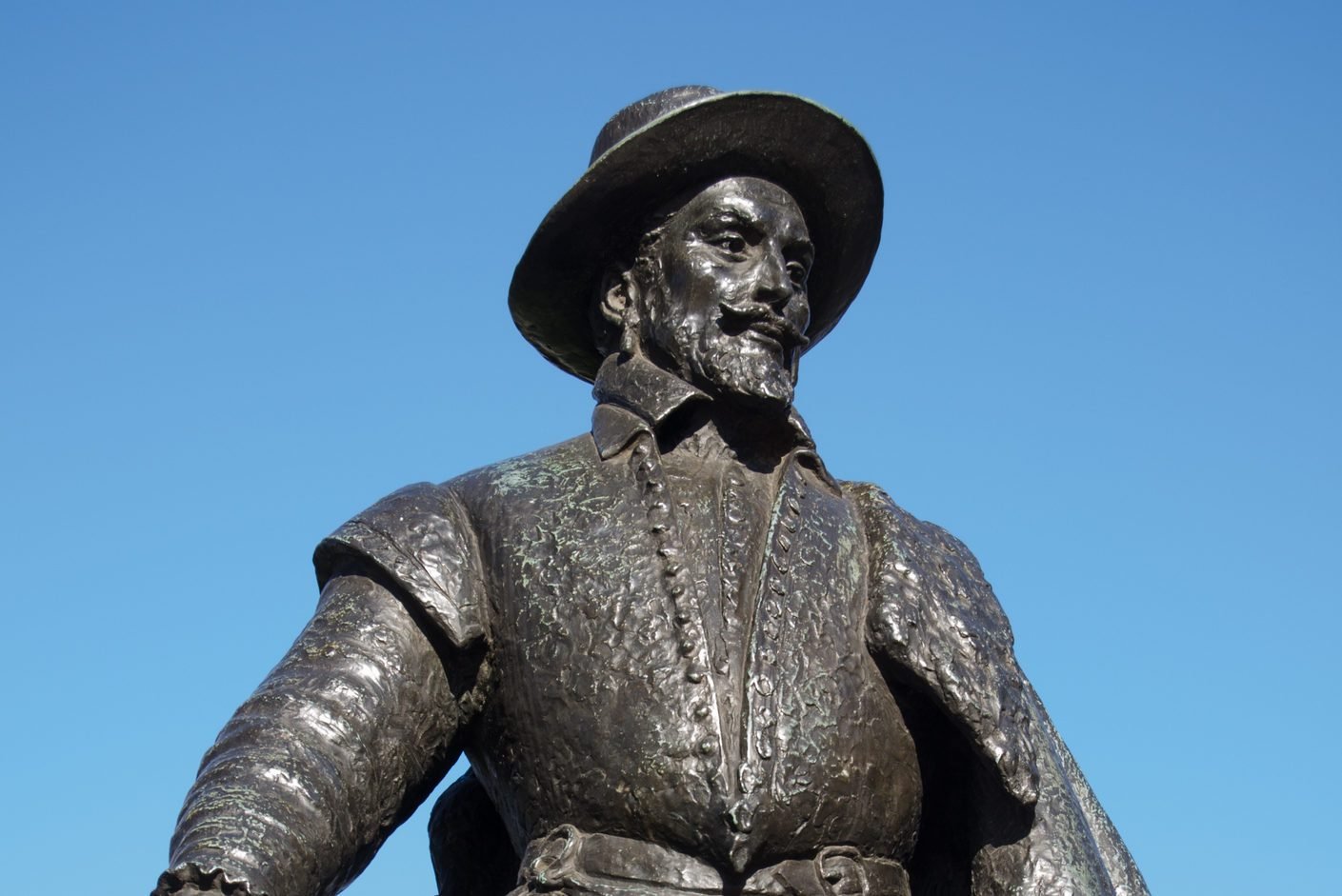
El Dorado
There’s a “nugget” of truth in the story of the legendary South American city of gold called El Dorado. In fact, El Dorado might not have been a city at all, but a tradition of the indigenous Muisca people of Colombia. The Spanish invaders heard of a ceremony in which the incoming Muisca leader would dust himself with gold, float out on a lake on a raft, and throw gold and jewels into the water as an offering to the gods. The Spanish started looking for this gold, and somehow the story of this treasure grew into an entire city of gold. British explorer Sir Walter Raleigh conducted two ill-fated expeditions to find El Dorado around 1600, the second of which ended in the death of his son in a skirmish with the Spanish, and on his return to England, Raleigh was beheaded for fighting with Spain.
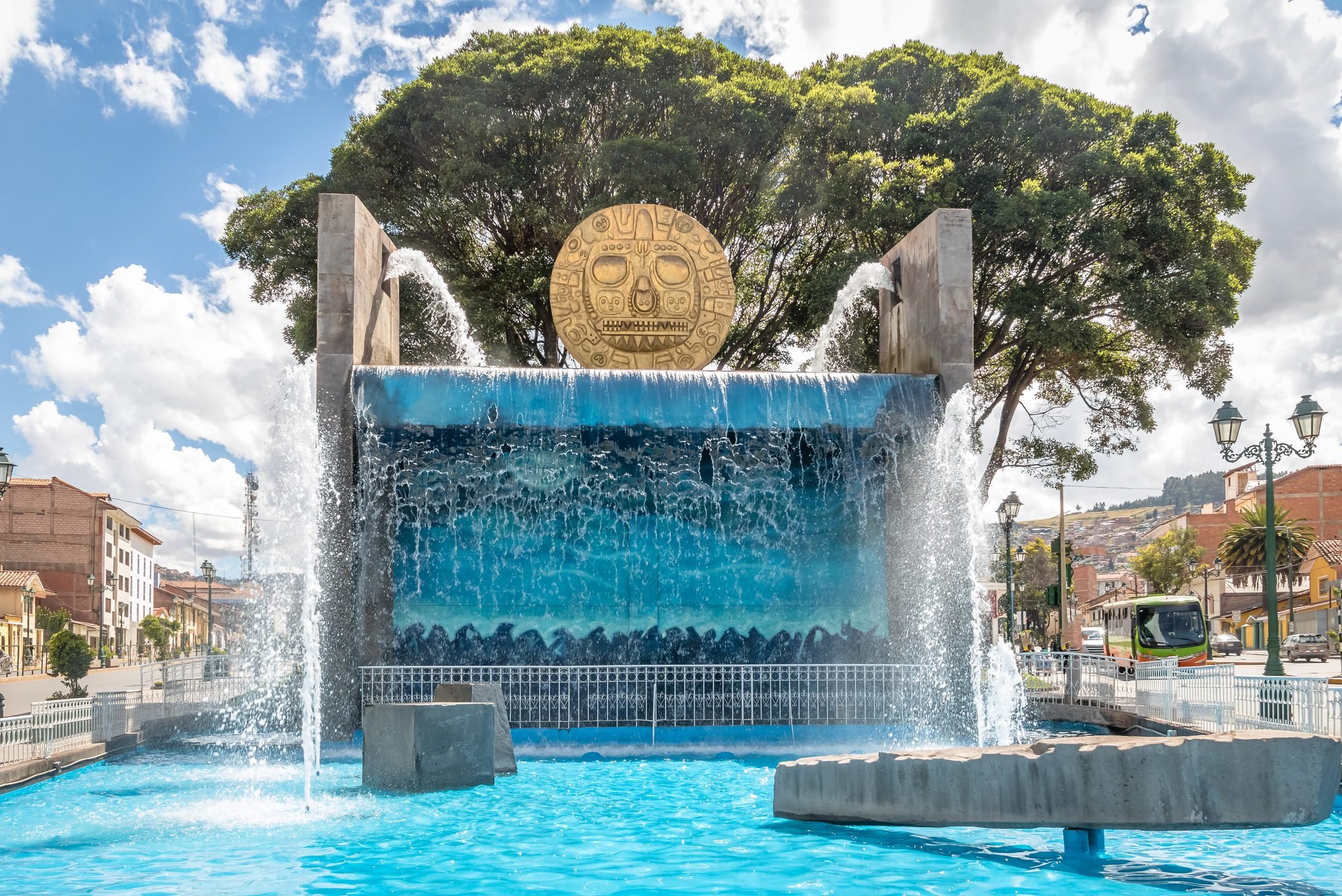
Paititi
The Amazon has also lured explorers with tales of magnificent cities hidden within. British adventurer Percy Fawcett disappeared there in 1925 while searching for one he called the Lost City of Z. Another that may or may not have been found is the legendary Paititi—which may have been the same one Fawcett was looking for and which also shares similarities with stories of El Dorado. In addition to Fawcett, the search for Paititi has claimed the lives of many explorers who went looking for it.
But it may be a real place: In 2001, an Italian archaeologist found a report hidden in the Vatican archives from a 17th-century missionary, who came across a wealthy city the indigenous people called Paititi. This gave credence to the legend, and modern archaeologists have been looking for it since. Satellite imagery from 2012 located what appears to be a man-made “square mountain” in the region, and expeditions through the difficult rainforest terrain are in the works to explore the area further. Discover more mysteries that could be solved in the next decade.
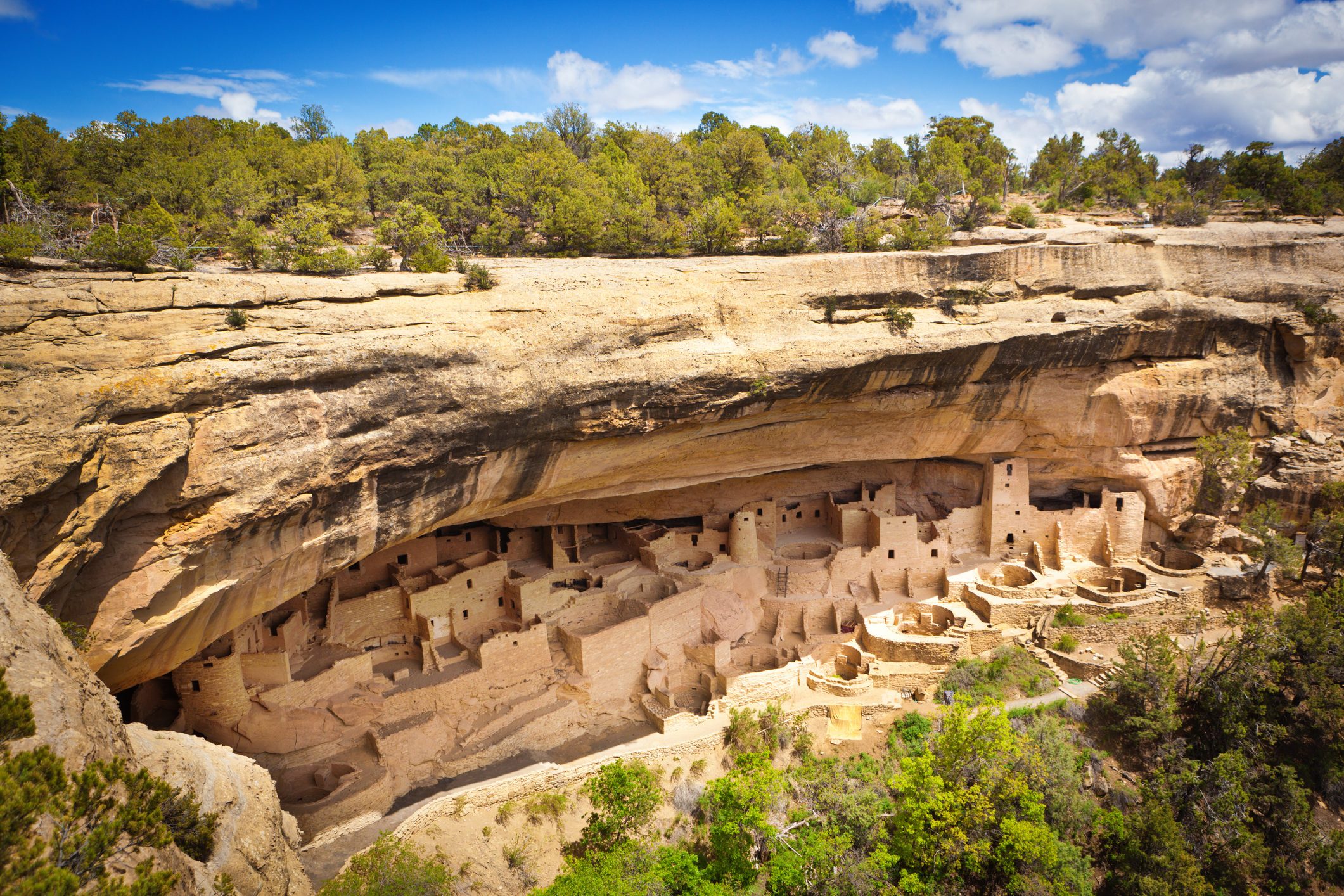
Mesa Verde, Colorado
Yet another legendary city of gold, Cibola, sent Francisco Vásquez de Coronado on a fruitless quest across the American West in the 1540s. But although it wasn’t made of gold, Mesa Verde was a magnificent real-life lost city hidden in the rocks, rediscovered in 1888 by cowboy brothers looking for stray cattle. Although some White people may have been there before, these brothers are generally credited for the find. The home of Ancestral Pueblo people for 700 years, Mesa Verde was abandoned in the 1200s as the people migrated to different areas. First excavated as an archaeological site in 1909, Mesa Verde is now a national park. In 2019, some artifacts taken from the site by a Swedish researcher in the 1890s and displayed in a museum in Finland were repatriated to Native American tribes associated with the site. Mesa Verde is one of the most historic landmarks in the United States.
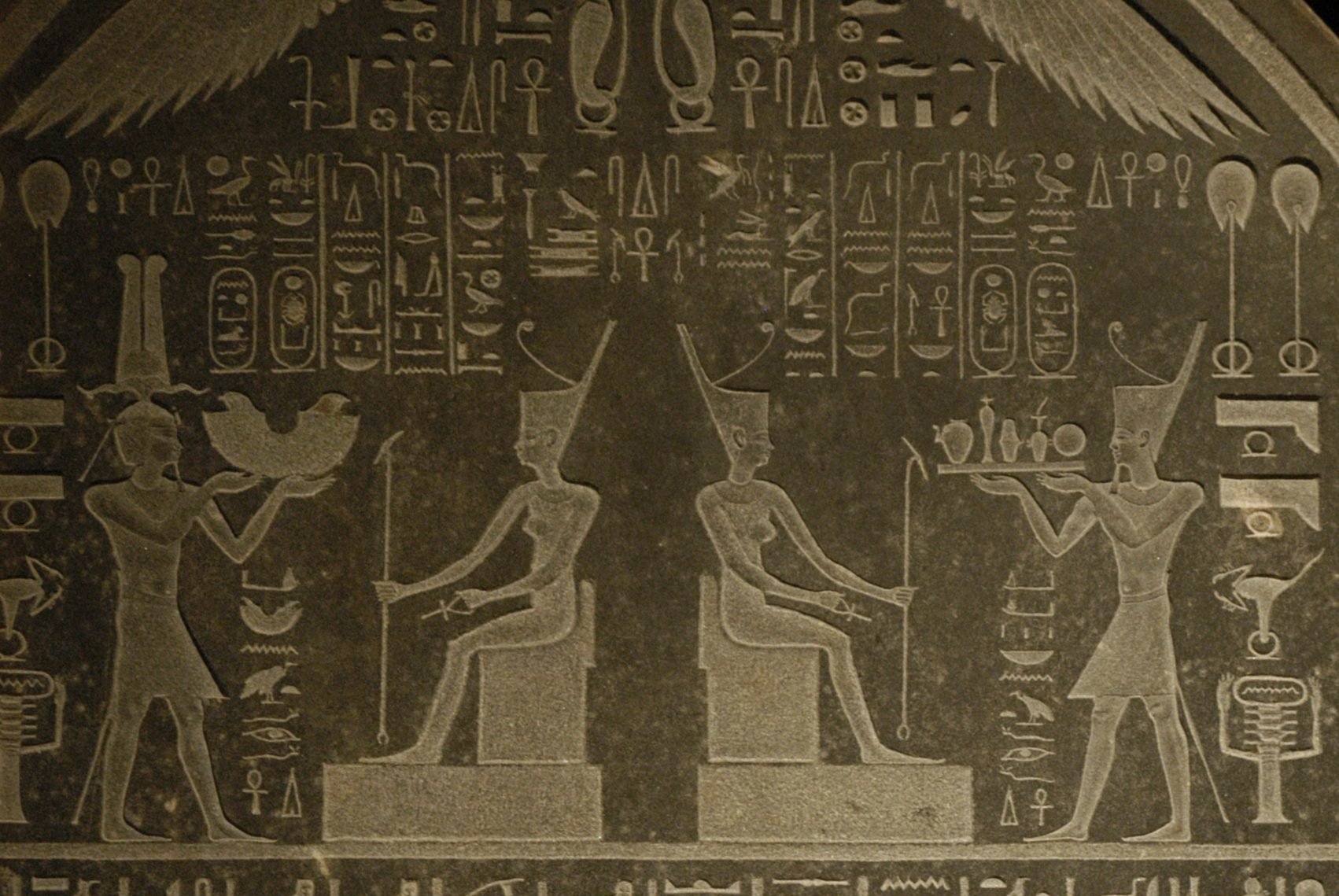
Thonis-Heracleion, Egypt
And now for a real-life lost city found beneath the sea: the ancient Egyptian port of Thonis, also known by its Greek name Heracleion (which was originally thought to be a different city). It sank into the Mediterranean near the mouth of the Nile 1,500 years ago, likely after a flood, taking with it huge 16-foot statues of Pharaoh Ptolemy II, his queen, and the god Hapy. The city was mentioned in classical texts, including those of the historian Herodotus, and Helen of Troy was even said to have made a visit here.
But after the city disappeared below the waves, no one knew where it was. A British air force pilot thought he spotted a sunken city in the location in 1933, which led to new exploration of the area. French archaeologist Franck Goddio found it in 2000 after searching for years. Because the site is so new, there’s lots more to explore: In 2019, researchers found a previously unseen temple along with jewelry and coins. It’s one of the most incredible undersea treasures ever found.
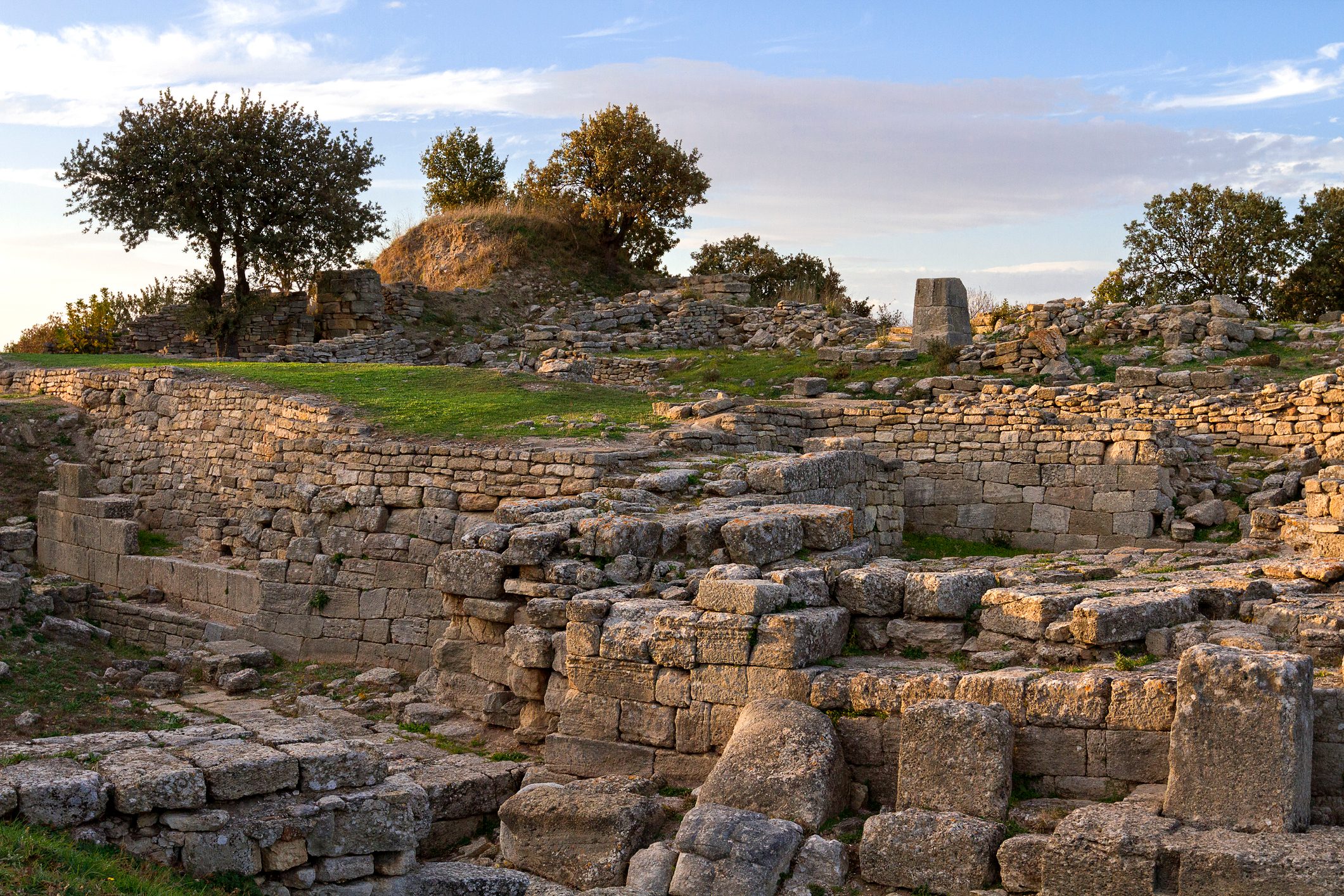
Troy, Turkey
Speaking of the legendary beauty Helen of Troy, the city—and possibly the war named after it—was real, and not just a story told in Homer’s ancient Greek poem The Iliad. Centuries after the city’s decline and gradual abandonment, the site was believed to be in northwest Turkey near the Aegean Sea, but no one could agree on exactly where. In the 19th century, a series of expeditions set out to find it—and find it German amateur archaeologist Heinrich Schliemann (probably) did in the 1870s, on a hill called Hissarlik. The hill actually contains layers of many cities built over thousands of years, which likely included the one described in The Iliad—except that Schliemann removed that layer during his excavations. The ruins of Homer’s Troy were thought to be lost forever, until the 1990s, when archaeologist Manfred Kormann found more of it, as the city was much larger than previously believed.
As for the Trojan War, archaeologists have found some evidence of a battle, but it’s still not clear if it’s from that Trojan War. And the Trojan horse? It remains in the realm of myth.

Camelot
The legend of King Arthur and Camelot reveals how the line between myth and history can be blurred. Arthur first shows up in poems, stories, and songs dating from around 800 AD. And several sites around the British Isles linked to the tales do have archaeological evidence of old castles and settlements, but nothing to connect them directly to the mythical king or prove the site is Camelot. For example, Titagel Castle in Cornwall was said to be the birthplace of Arthur—according to a medieval writer of (fictional) Arthurian tales. And although artifacts have been discovered at Titagel, it’s still just conjecture. Winchester Castle in Hampshire displays King Arthur’s “authentic” Round Table…except it’s from around 1300, way after Arthur supposedly lived. As lovely as it would be to think Camelot is real, it’s probably not. Here are more historical figures who may not have existed.
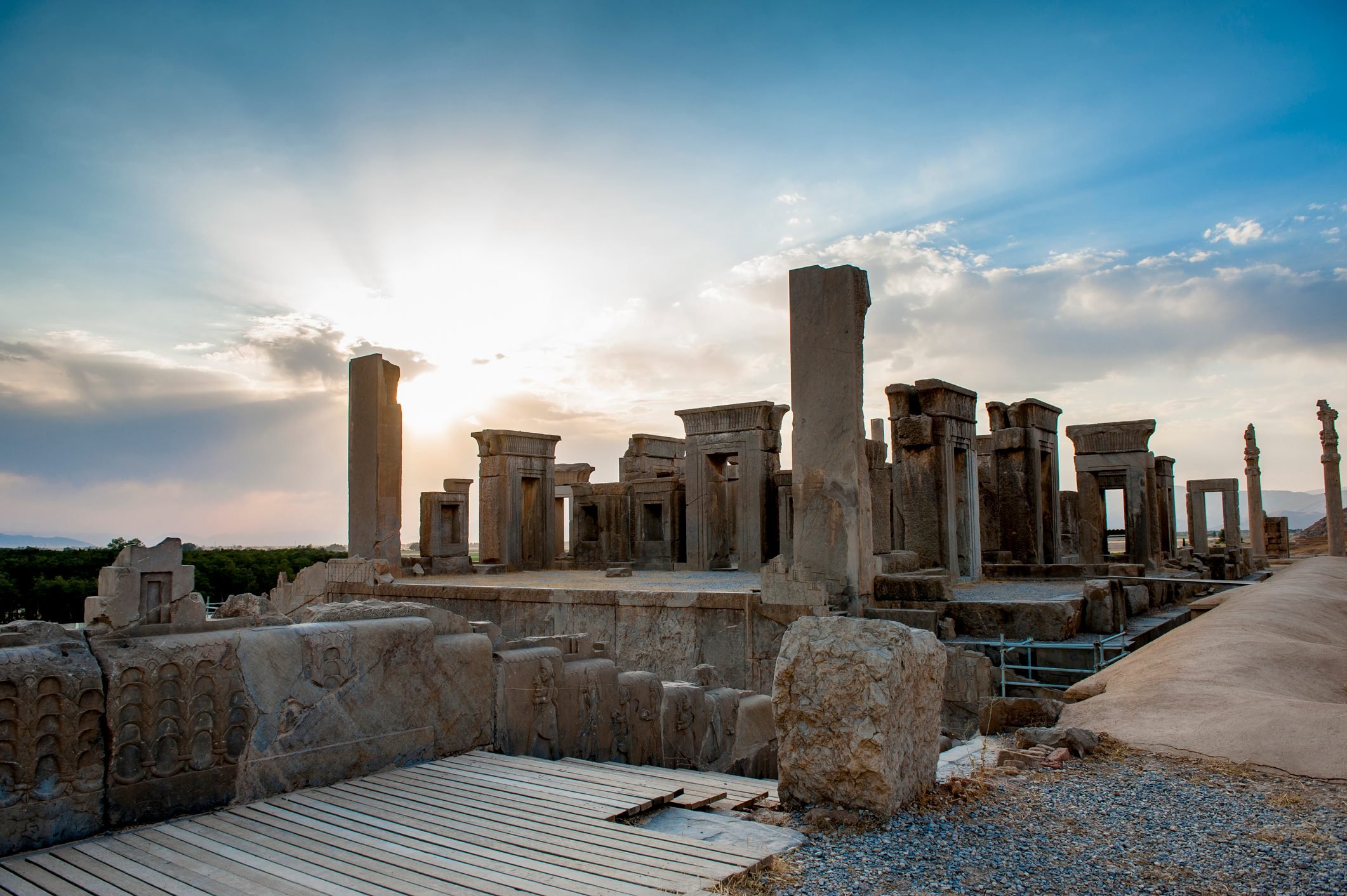
Persepolis, Iran
The well-preserved “city of the Persians,” also called Takht-e Jamshid, was built by the ancient Archaemenid (Persian) empire around 500 BC. Although it was sacked and mostly destroyed by Alexander the Great 200 years later, much of the central part of the city still survives today. After Alexander laid waste to Persepolis, it was eventually forgotten; then in the late Middle Ages, the ruined city was mentioned in the writings of European travelers. But it still wasn’t recognized as the Persepolis of classical texts until around 1600. Archaeological research then had to wait a few more centuries: Persepolis wasn’t excavated until the 1930s by University of Chicago archaeologist Emil Herzfeld, who described the city as “the glory of the Persian world.” Check out these countries that existed 100 years ago but don’t anymore.
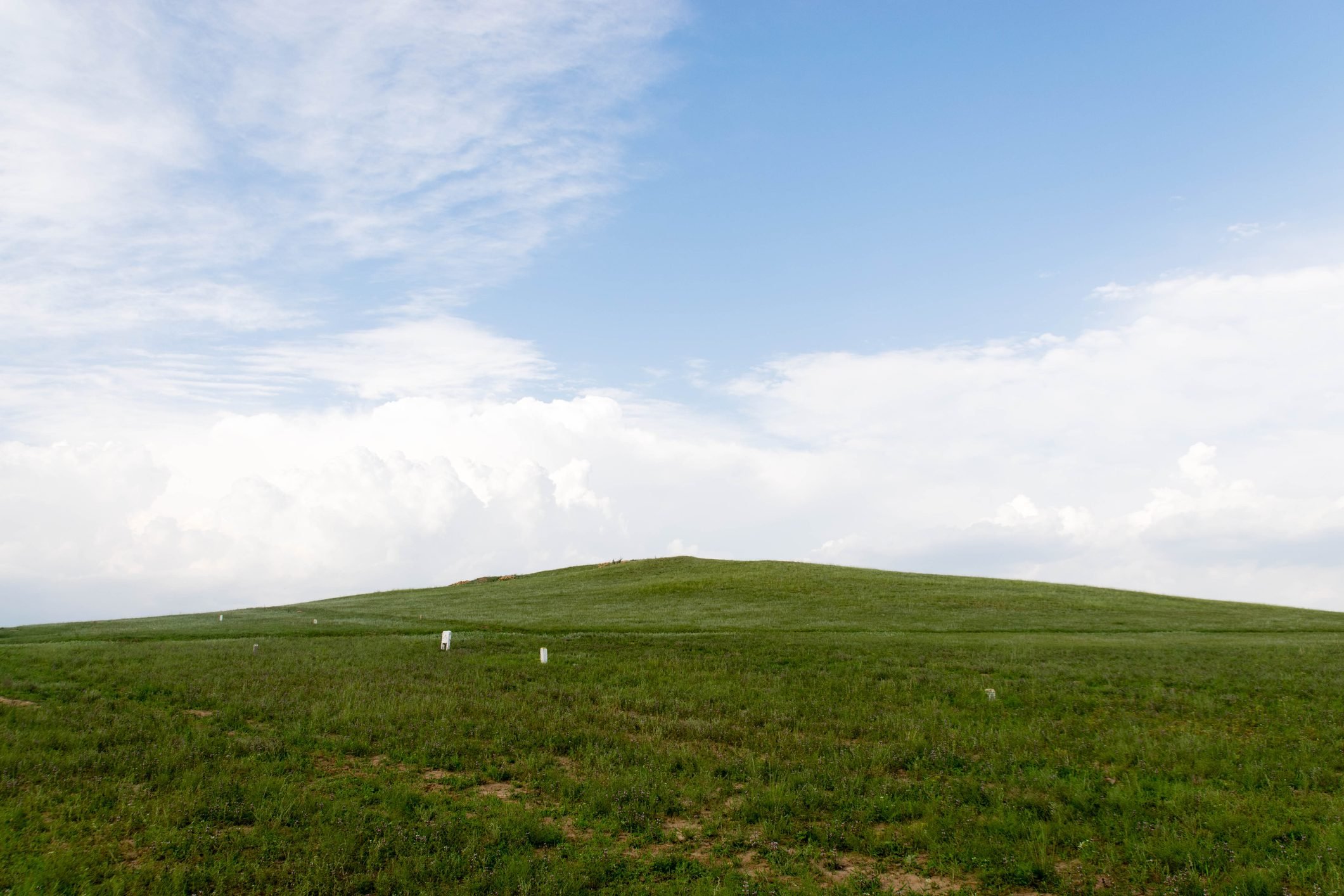
Xanadu, China
The mystical city of Xanadu is another case of fact and fiction mingling. The idea of a city of pleasure called Xanadu comes from the 1816 poem “Kubla Khan” by Samuel Taylor Coleridge, who was inspired by an account of the explorer Marco Polo’s visit to the real-life Xanadu in China. Got that? Coleridge wrote, “In Xanadu did Kubla Khan/A stately pleasure-dome decree…” The grandson of Mongol leader Genghis Khan, Kublai (note the spelling difference from Coleridge’s poem) Khan did exist, and he did build a summer capital called Xanadu—or, more properly, Shangdu—in the 13th century. Two hundred years later, it was abandoned after the fall of the dynasty. Largely forgotten for centuries, the site was recorded by British travelers in the 19th century, but it wasn’t excavated until the 1990s. Archaeologists are still uncovering awesome finds, like brightly painted dragon heads.
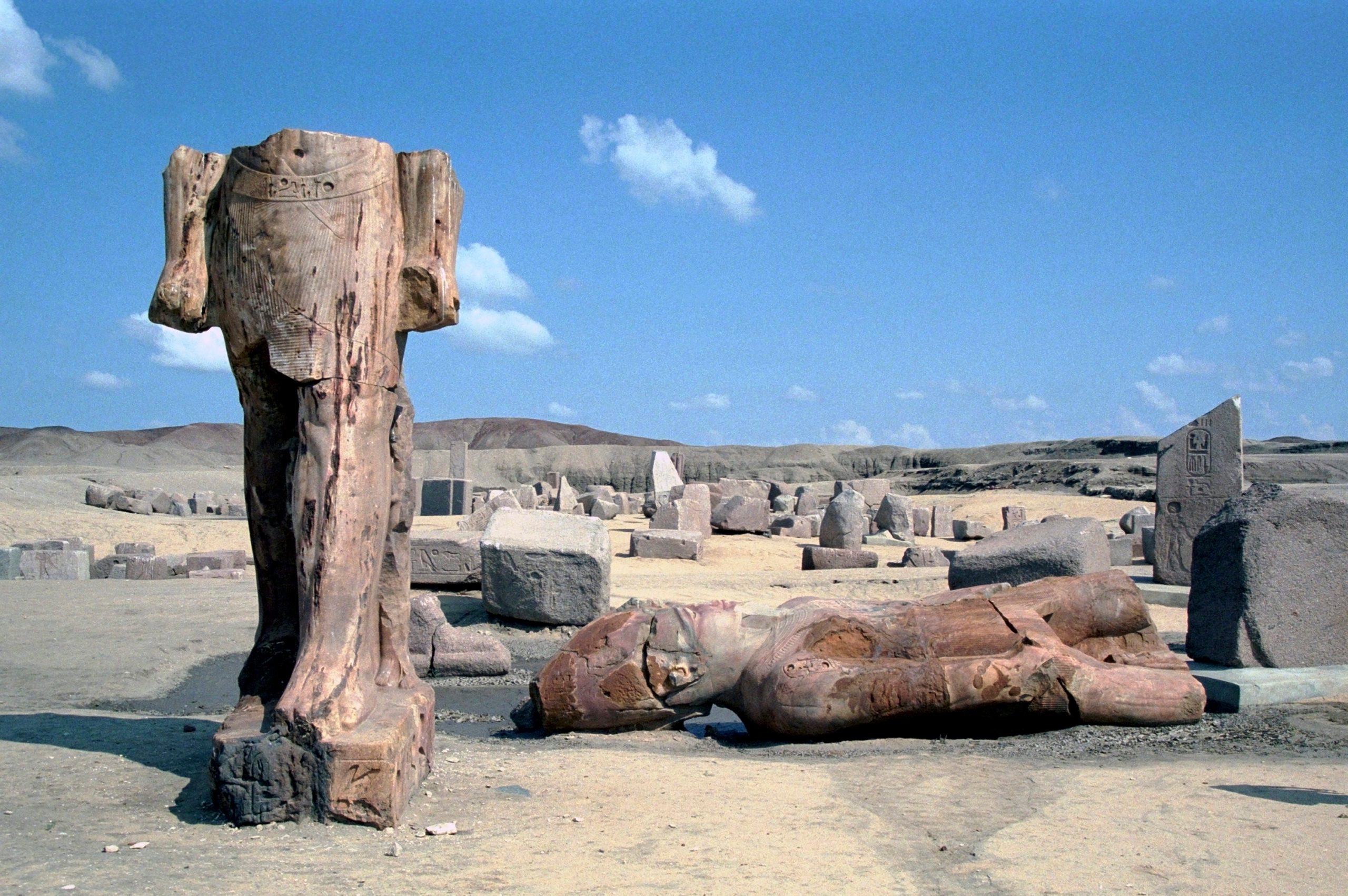
Tanis, Egypt
Everyone knows about the remarkable discovery of King Tutankhamun’s tomb in the 1920s—yet an equally impressive find has been forgotten even in modern times. The ancient Egyptian city of Tanis held the pharaoh’s wealth and royal burial chambers until the prosperous city found the Nile’s waters shifting away. It declined, eventually fading into obscurity. Although an ancient city was thought to be hidden somewhere in the area, it sat undisturbed until French archaeologist Pierre Montet identified Tanis and found three undisturbed royal tombs there in 1939 after more than a decade of searching.
This should have surpassed the buzz about King Tut’s tomb, but unfortunately, World War II started up and buried the headline—just as the city itself had been buried. The find never received the recognition it deserved; although in the 1930s-set Indiana Jones movie Raiders of the Lost Ark, a fictional version of Tanis is mentioned as a lost city the Nazis discover while searching for the Ark of the Covenant. These are some possible scientific explanations for the 10 plagues of Egypt.
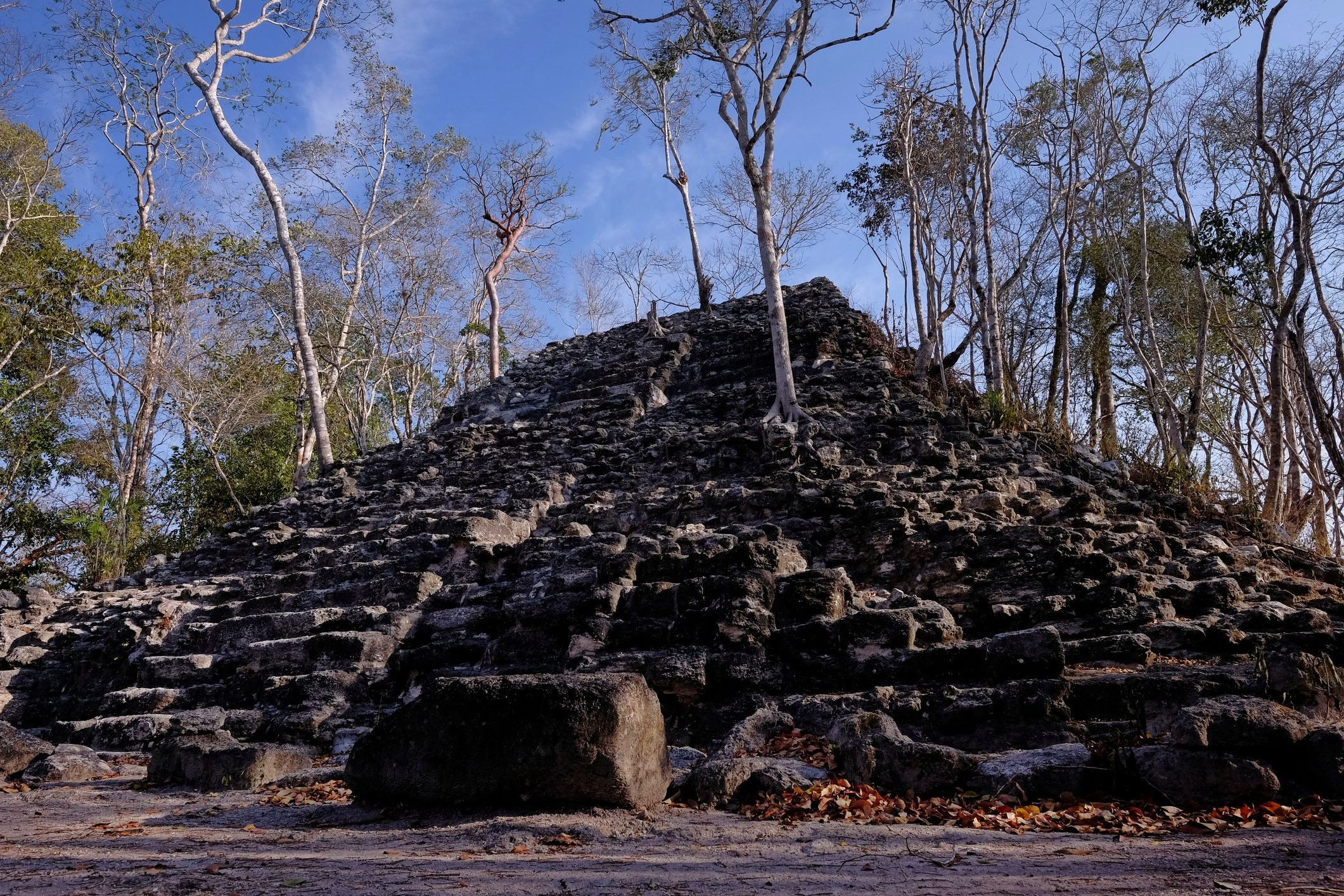
El Mirador, Guatemala
Tikal may receive much of the attention as one of the largest and most impressive Maya ruins, rediscovered by Europeans during an 1848 expedition. (The Spanish conquistadors supposedly marched right by in the 16th century without noticing.) But recently a new Maya site in Guatemala is gaining much excitement in the archaeological world: El Mirador. Although local people knew of the city’s existence, it was only rediscovered in 1926, but then forgotten again until a recent series of expeditions that began in 2003.
A huge structure, the largest Maya pyramid ever found, can be seen from the air popping out from the thick jungle, but much of the site is still hidden by the forest, waiting to be uncovered. El Mirador is already changing what scholars thought they knew about the Maya: The dating of the site’s architecture, pottery, and other finds are way more sophisticated than thought possible for the “pre-classic” period.
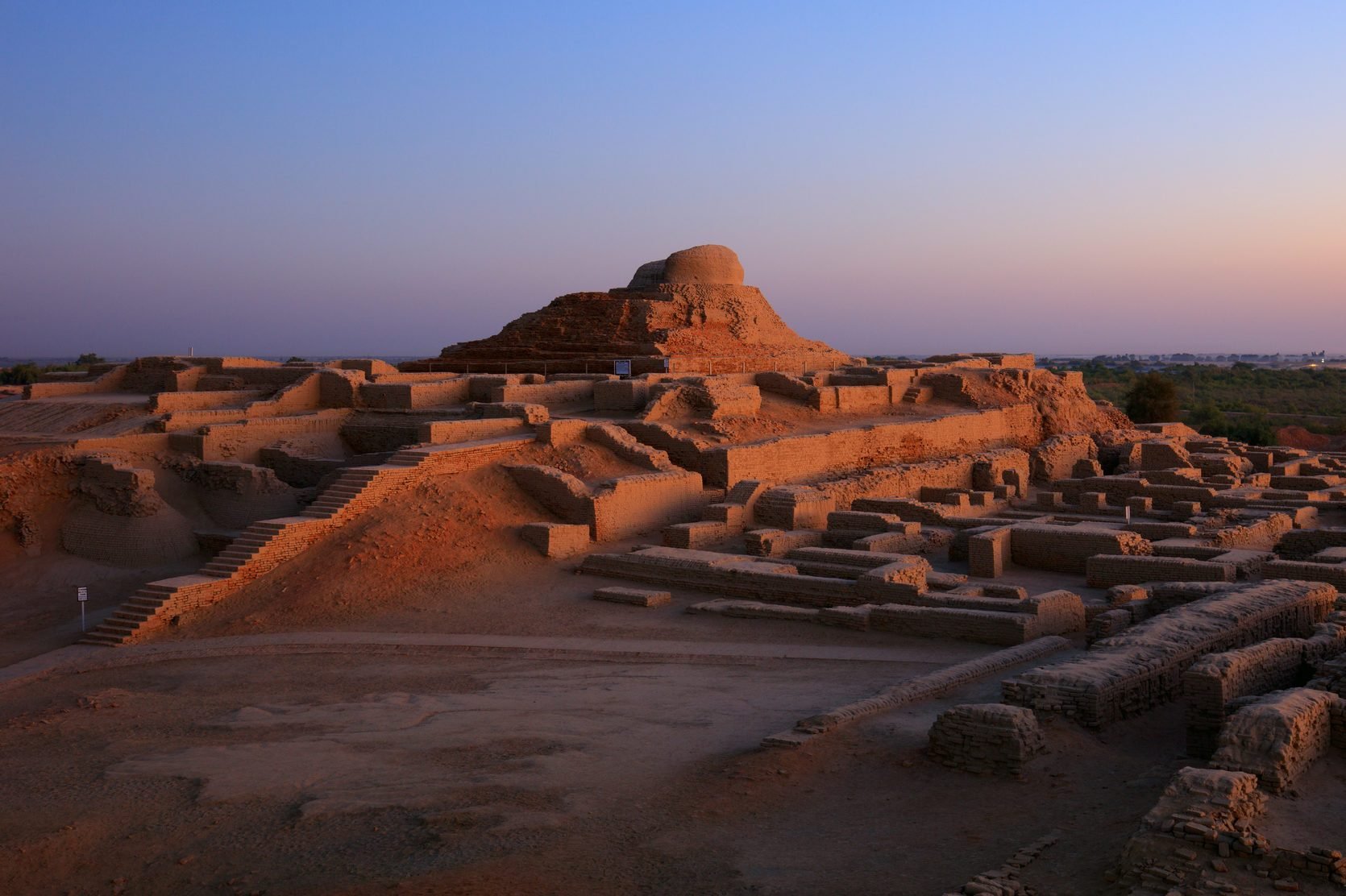
Mohenjo-daro, Pakistan
One of the oldest rediscovered cities in the world, this Indus Valley Civilization settlement dates from 2500 BC—but the people who lived here still remain a mystery. The city is huge and well-organized, and it even has a sewer system; but the absence of temples or royal palaces suggest an egalitarian society. After 600 years, the city was abandoned for unknown reasons, possibly because of a change in the path of the Indus River that supplied the city with water. Mohenjo-daro’s ruins remained untouched for 4,000 years, until Indian archaeologist R.D. Banerji rediscovered them in 1922 while surveying the area. Speaking of sewers, this is what people used before toilet paper existed.
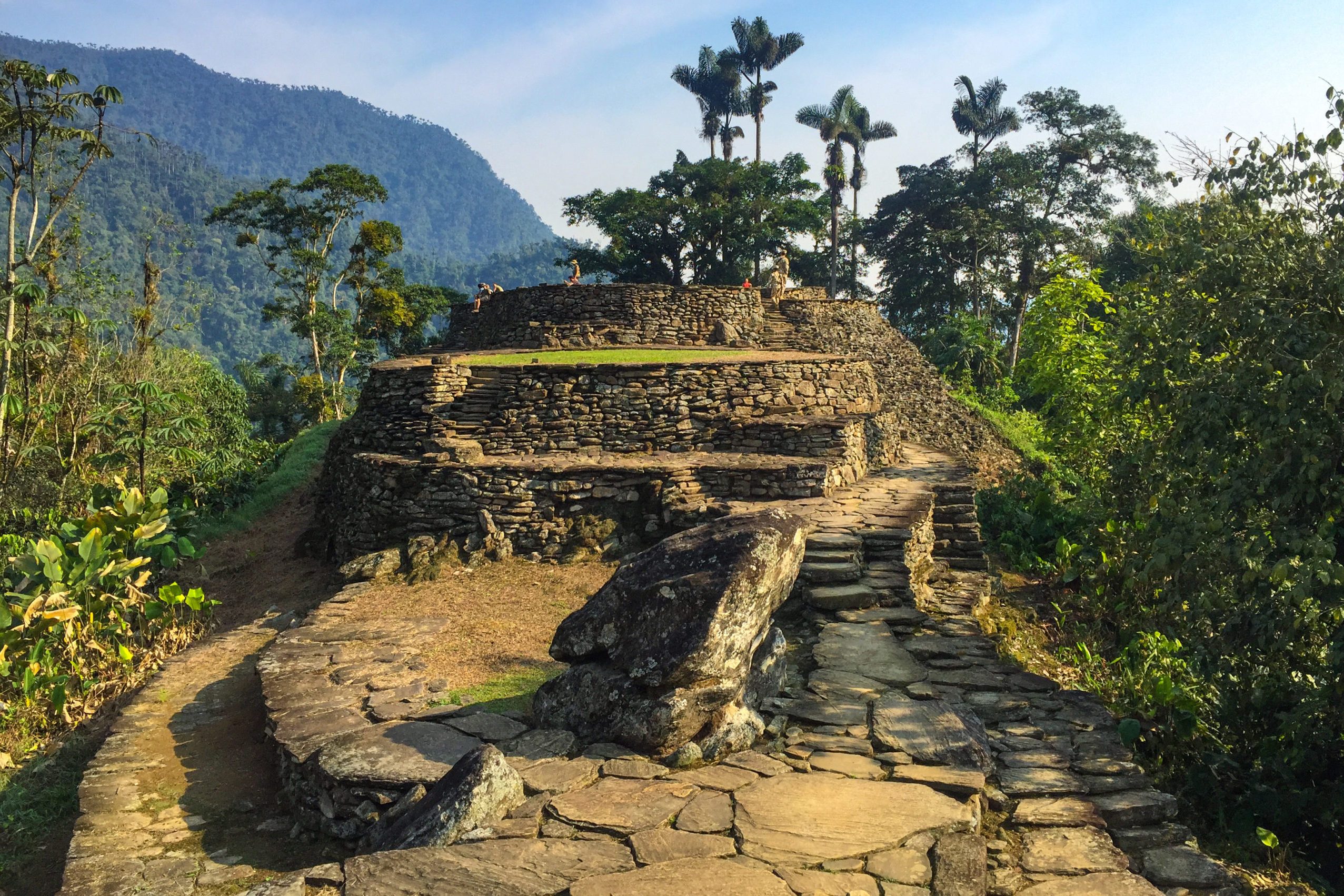
Ciudad Perdida, Colombia
Literally called the “Lost City,” this stepped settlement high in the mountains of northern Colombia is centuries older than Machu Picchu. Likely inhabited by the Tairona people and abandoned when the Spanish invaded, the city was always known to the indigenous people of the area, who called it Teyuna. But it wasn’t until the 1970s that treasure hunters found the site and sold artifacts from it on the black market. This raised a red flag for reputable archaeologists, who then became aware of the city’s existence and began excavations. Today, the gorgeous jungle city of terraces and platforms is still remote and largely unexplored, accessible only on foot.
